
 Real Corp 2010 opened in Vienna, Austria last week at the Messe Vienna under the theme Cities for Everyone: Liveable, Healthy, Prosperous
Real Corp 2010 opened in Vienna, Austria last week at the Messe Vienna under the theme Cities for Everyone: Liveable, Healthy, Prosperous
Promising Vision or Unrealistic Fantasy? With 500 urban planners, transport, design an sustainable planning individuals in attendance, the presentations covered a wide variety of topics ranging from technologies to social planning issues and environmental aspects within urban environments.
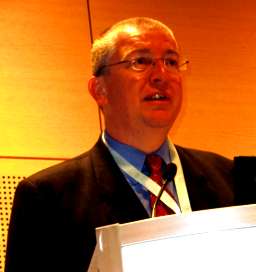
Manfred Schrenk presented opening remarks and commented upon the diversity within urban environments today. He posed the viewpoint to the audience that cities are undergoing great change and that urban planners and others involved often do not know whether or not their work will be successful until a long time after the work is done.”We bring together many experts and non-experts into the urban planning process and this presents it’s own challenges as differences in opinions and thoughts also emerge,” he said.
Efficiency in the City
Stefan Denig of Siemens AG then indicated that several key drivers are operating as sustainable urban planning moves forward. “Conservation and the creation of sustainable environments is a major challenge.”
We are working to include technologies as these goals are reached, Denig said. Denig spoke about some research in London, UK performed with McKinley that indicated that city was looking to reduce CO2 and that most of that could be realised through personal choices.
He also spoke about the Siemens business model that is based on saving energy and that those savings were realised to the extent that they financed the purchase of company products. In other words, technology efficiency could offset its own costs and Siemens was seeing these gains in transport systems, for example.
London rates high on the European Green City Index because of the large civil participation helping to realise gains (75%) in efficiency. Governance also has a role to play, although only 14 of 30 cities actively used legislation presently to realise these benefits. Interestingly, Siemens sees renewables as only contributing 7.3% of overall energy savings in this case. The research is clear – individual choice play the largest role by far.
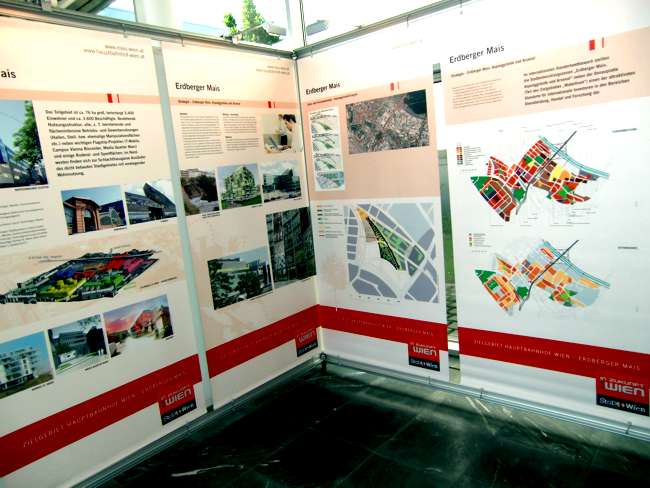
Ingo Schadler of the Ministry of Transport – Austria would also comment on sustainability. He suggested that urban environments will become ‘hot spots’ with grand challenges including climate change, energy and demographics.”While population will rise to 9-12 billion by 2050, it will be followed by a period of significant decrease in populaton into the next 100 year period,” he said. “We should consider the concept of offshore cities as the pressure and velocity of change increase,” Schadler indicated. “We tend to talk about changes, but less about cities.”
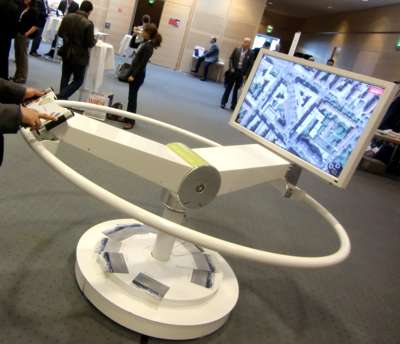
Social Capital of the City
‘Social Capital’ is the concept of psychological energy of an urban environment explained Ernst Gehmacher. He outlined this concept in more detail explaining that social capital has bascially been dropping over the last 100 years or so, but technology has been serving to increase social capital.
Thus the shift has been from less social capital derived through close family associations to be replaced by external social capital originating through technology.
Gehmacher said, “social capital can be seen across micro, meso and macro scales.” That in reference to the origin of connections sometimes being close or further away from individuals.
‘Bonding’ he said, was one type of contribution to this process and was realised through setting boundaries. While helpful to increase social captal, bonding also served to keep groups together – and against each other. ‘Bridging’ on the other hand served to connect these different groups – crossing boundaries. The social capital process contains both types and the goal was to maintain both.
Michel Sudarkis posed the question “Are we planning cities for everyone?” In a sense he asked more questions than answered them, asking the audience to query what is planning? Is it necessary? What is the purpose of planning? Do we plan for people or government? “We live in a liquid society,” he said.
“There are many planning errors, mistakes and questions to be asked.” He pointed out that the instruments of planning are outdated. “We have lost the book of planning,” Sudarkis said. That in reference to the fact that we need to plan with more certainty. Interestingly he pointed to the fact that Asians plan for 20 years while the western world seemingly plans (buildings for example) for a long time, perhaps forever.
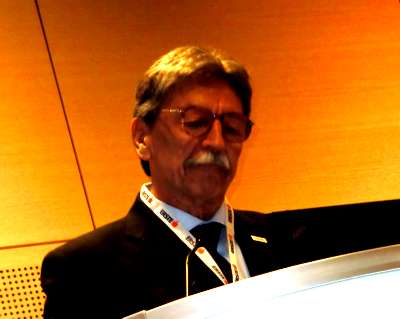
Cities for People or Kings?
Ismael Fernandez Meija, president of ISOCARP (International Society of City and Regional Urban Planners) spoke on the topic of cities for everyone. “Do we have health in the city or city health?” he queried. There is no common recipe for urban planning he said.
“It is hard to transport the culture of a city to another, in fact, I don’t think it can be done – each city is unique,” Meija said. Cities are agglomerations of people and it is the people that ultimately give cities their character.
He said we cannot impose old values on cities and cited the case of Brasilia, a planning project developed in the minds of foreign people but to which the local people never really accepted – or understood.
If cities are about people, then what is happening in the Middle East where visions by kings and princes are being erected, rather than developments through people participation.
“It would be interesting to ask Martians what they think about the planning on earth,” he said. That bringing smiles to many peoples faces in the audience. “We need to consider whether development comes first then infrastructure, or infrastructure first then development.” He suggested the later is the goal.”Planners need to participate in terms of guidelines and their role is oriented toward economy, design and society,” he indicated.

Chongqing at Crossroads and how urban planning can support sustainable industries was topic presented by Debra Lam of ARUP, UK. That city os located in the centre of China and the region holds 32 million people. She cited the high contamination rate in the industrial cty but also pointed to a new 2020 Master Plan that is now being rigidly enforced for cleaner water, waste and more efficient transport.
That city is working on saving energy because power outages are now being experienced. “Low hanging fruit” as she put it included rudimentary changes to collect and reuse rainwater, for example.
She mentioned that only 25% of the waste is reused and that food constitutes a major source of waste. Interestingly she pointed to the fact that multi-modal forms of transport were in higher use. These often involved one type of transport option connected with another.Imagine a region with 57 universities and colleges.
Cars and Territorial Services
Peter Tschulik of Siemens Austria talked about SmartGrids and E-Mobility. “We see the electrification of society with more renewables in the system,” he said. He suggested that China was well ahead in the race to development batteries that power autos over long distances.
This was mentioned several times at this event. “In the future people will rent these batteries from power company’s as part of their automobile leasing.” The idea here was that the car would be much like a computing Cloud today – used but not owned.
In this scenario autos would take up the slack of renewable energy technologies that would generate electricity in irregular ways – the autos serving as regulators to the electrification system.
Meanwhile Xabier Velasco presented on Territorial Indicator Systems as a Tool for Evaluating Territorial Strategy. “We see maps as integral to the communicaton process for planning.”
The Navarre region contains 600,000 people and goal is to develop a means to translate intangible impacts and events into tangible and understandable solutions.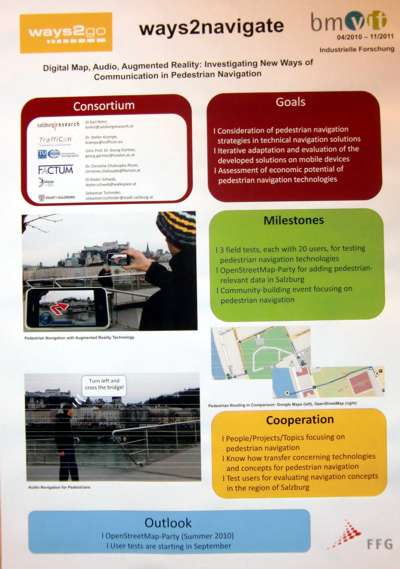
The strategy Navarre employs includes a 6 prong mechanism including cohesion, competition, conservation, social, economical and environmental factors. The spatial planning includes a process that involves,
Data quality was mentioned as a growing need to enable accurate indicators. The availability of data was a topic often mentioned. Many people spoke about the difficulties acquiring the data they needed for information and planning purposes.
Technologies and Research
The Zacturn 360 Panorama Terminal is a unique circular and tilting tables that contains a menu grip. Users rotate the table by beginning to look at aerial imagery in planimetric view to identify a place they wish to see closer in 3D.
Through identifying the top-down position, the user then slides down to oblique view and begins to move through the buildings of the urban environment. This device is used in main display areas for tourism and other applications where a computer is not needed. The ease of use provides users with a common and simple way to navigate through the city.
P-Vision company manufactures a line of digital display menus that users can interact with. Information s provided through a menu system and the clarity of the images and instructions lends to the attractiveness and usefulness of the displays.
In 2011 this Real Corp event will be held in Essen, Germany.
Additional Blog Contect from the Conference